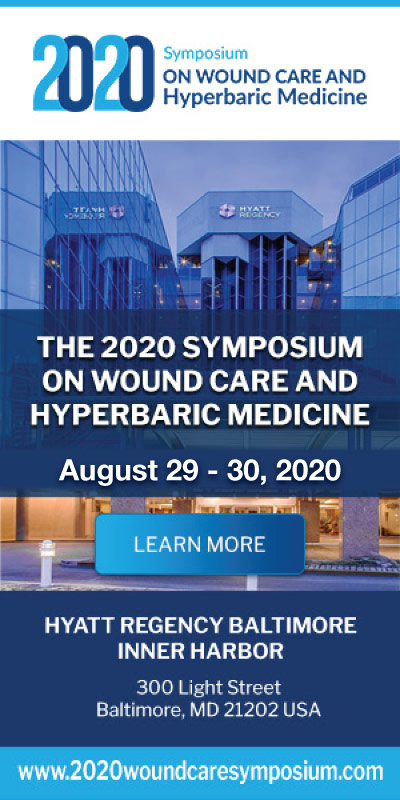March 2021
Chronic refractory osteomyelitis is a severe and usually painful bone infection lasting more than six months. Most of the time, chronic refractory osteomyelitis persists even after traditional treatment for osteomyelitis has been carried out. Treating a recurring condition like chronic refractory osteomyelitis can be difficult, primarily when past treatments have not worked.
In these cases, hyperbaric oxygen therapy (HBOT) can make a difference in the remission of this type of osteomyelitis.
What Causes Chronic Refractory Osteomyelitis?
Osteomyelitis refers to a bone infection typically brought on by one of the following situations:
- Diabetic ulcer(s) of the foot
- Deep skin punctures
- Movement of staphylococcus bacteria through the bloodstream (for instance, from untreated strep throat or urinary tract infection)
- Complications from routine surgeries
In patients with healthy immune systems, bone infections typically clear up with a combination of medication, surgery, and specialized treatment. In patients with weakened immune systems and circulation, such as those with diabetes, wounds do not always heal appropriately on their own. When left untreated, new diabetic ulcers of the foot and other places may lead to re-infection of the bone, furthering the pain and potential fatality of the infection.
Therefore, the next step in the treatment of chronic refractory osteomyelitis is to meet with a wound care specialist. They will assist in the healing of diabetic ulcers of the foot and provide treatment for osteomyelitis using Hyperbaric oxygen therapy.
What Is Hyperbaric Oxygen Therapy (HBOT)?
Hyperbaric oxygen therapy, also known as HBOT, refers to a specialized wound care patients’ treatment using an increase of oxygen to the body. Hyperbaric oxygen therapy has been associated with accomplishing over 80% rate of remission from chronic refractory osteomyelitis, specifically because of the natural healing properties associated with oxygen consumption.
If you are recommended for HBOT by your doctor or primary care provider, your wound care specialist will lead you through the oxygen therapy process. First, they make you comfortable in a reclined position within a pressurized chamber. You will spend between 90-120 minutes in this chamber breathing 2-3x the amount of oxygen you usually would. Most patients undergoing HBOT for chronic refractory osteomyelitis will do this up to five times a week for between 10-60 treatment sessions.
What Does Hyperbaric Oxygen Therapy Do?
Breathing in oxygen sounds simple, but this simple act can provide profound results. For one, HBOT increases antibacterial properties within the body, naturally fighting off infectious bacteria and preventing more from entering the bloodstream. Additionally, it increases the production of stem cells and growth factors, both of which are the body’s natural regenerative responses.
HBOT vastly increases the likelihood that people with lowered immune response and wound-healing capabilities will recover from the painful, recurrent issues associated with chronic refractory osteomyelitis.
Hyperbaric Refractory Osteomyelitis
MVS Woundcare & Hyperbarics is the leader in Maryland wound care. Our state-of-the-art facilities include HBOT chambers, wound care specialists, and the best concussion specialists in Maryland.
Call us at (410) 433-4300 to set up a consultation.





Sorry, the comment form is closed at this time.